How to Stay Safe on an Electric Bike in Urban and Shared Spaces
Electric bikes (or eBikes) have transformed outdoor recreation, urban commuting, and even backcountry adventures like hunting, fishing, and camping. From daily rides to the trailhead to deep woods expeditions on a dual motor ebike, these versatile machines offer both freedom and speed.
But with power comes responsibility—especially in shared environments like multi-use trails, parks, sidewalks, and city paths. Whether you're navigating city streets or returning from a fishing trip on your camping electric bike, it’s essential to know how to ride safely, legally, and respectfully.
This guide will cover everything you need to know about staying safe on your electric bike, from basic maintenance and legal awareness to behavior in public spaces.

Know the Law Before You Ride
The first step toward safe riding is understanding local eBike regulations. Many riders don’t realize that electric bicycle laws vary dramatically depending on your state, city, or even the type of trail you're riding on.
Before you take your electric bike out on a ride, check the following:
- Are electric bikes allowed on recreational trails or public roads in your area?
- What class of eBike is permitted (Class 1, 2, or 3)?
- Are there speed limits on shared-use trails or near schools?
- Is a helmet legally required for your age group or eBike class?
Hunters and campers who rely on a hunting ebike or camping ebike should also check for access rules in federal lands, national forests, or state-managed wildlife areas. Some paths prohibit motorized vehicles, even if the electric hunting bike you're riding is silent and low-impact.
Pre-Ride Safety Checklist
Whether you're riding around town or heading out for an off road ebike adventure, always start with a simple inspection:
- Battery: Is it fully charged and securely locked into place?
- Brakes: Do both front and rear brakes engage smoothly?
- Tires: Check for pressure, visible damage, or punctures—especially if you’re using fat tires for off-road riding.
- Lights and reflectors: Front and rear lights are essential for visibility, especially if your fishing ebike ride extends into dusk.
- Cargo mounts and accessories: If you're towing gear or a trailer for ebike camping, make sure racks and connections are firmly secured.
Always remember, a quick check ensures your electric bicycle is safe to ride.
Helmet On—Every Ride
No matter your speed or terrain, wearing a helmet is non-negotiable. Falls can happen anywhere—on busy streets, forest trails, or gravel paths. Even riders on slower hunting bikes or ebike for camping setups are at risk if terrain is uneven or crowded.
Look for a helmet that:
- Is certified (e.g., CPSC, EN1078)
- Fits snugly without wobbling
- Has reflective details or integrated lights for added visibility
Optional but useful: A visor to block sun or brush, especially if you use your electric bike for hunting in wooded terrain.
Ride Responsibly in Shared Spaces
Urban eBike riders often share the road—or the path—with pedestrians, joggers, children, and pets. It's not uncommon to hear complaints like, “A cyclist flew past me and my dog without warning.”
To keep shared paths safe:
- Ride at safe speeds—10–12 mph is best in pedestrian-heavy areas.
- Use a bell or call out before passing: “On your left.”
- Keep at least 3 feet of space when overtaking.
- Yield to walkers and runners, especially those with children or animals.
- Dismount and walk your eBike in high-traffic or narrow pedestrian zones.
This etiquette applies whether you're on a commuter eBike or a loaded camping electric bike returning from a forest trip.
Should You Remove the Battery After Every Ride?
Many riders ask whether they should remove the eBike battery after every use. The answer depends on where and how you store your bike.
Remove the battery if:
- You park your bike outdoors or in a public space.
- You need to charge the battery indoors.
- The bike will be exposed to extreme cold or heat.
- You’re storing the bike long-term or cleaning it.
You can leave the battery on if:
- The bike is stored indoors, in a safe, dry, climate-controlled place.
- You plan to ride again within 24 hours and don’t need a charge.
If you're using a dual motor eBike for hunting or long-distance ebike camping, regularly inspecting and detaching the battery helps prevent corrosion and prolongs its life—especially if you ride through mud, rain, or salt air.
Additional Safety Tips for Every Ride
Whether you're riding in the city, along a shoreline, or deep into the woods, these habits improve safety:
- Use mirrors or handlebar-mounted turn signals, especially on roads.
- Avoid headphones or distractions that reduce your awareness.
- Stay visible—wear reflective gear and always use lights.
- Signal your intentions with hand gestures or lights.
- Obey all traffic laws, stop signs, and signals.
If your electric bike for hunting is fully loaded or you're towing supplies with your camping ebike, leave extra space for braking and maneuvering.
Riding With Purpose, Riding With Respect
From the streets of Portland to the mountain trails of Colorado, riders are finding new ways to use electric bikes for transportation and adventure. If you're heading out on a Birch electric hunting bike, hauling firewood on a camping eBike, or just cruising the neighborhood, safety makes the experience better for everyone.
Ride smart. Stay alert. Respect the space you share. That’s how the future of eBiking stays sustainable—for urban commuters, backwoods campers, and everyone in between.


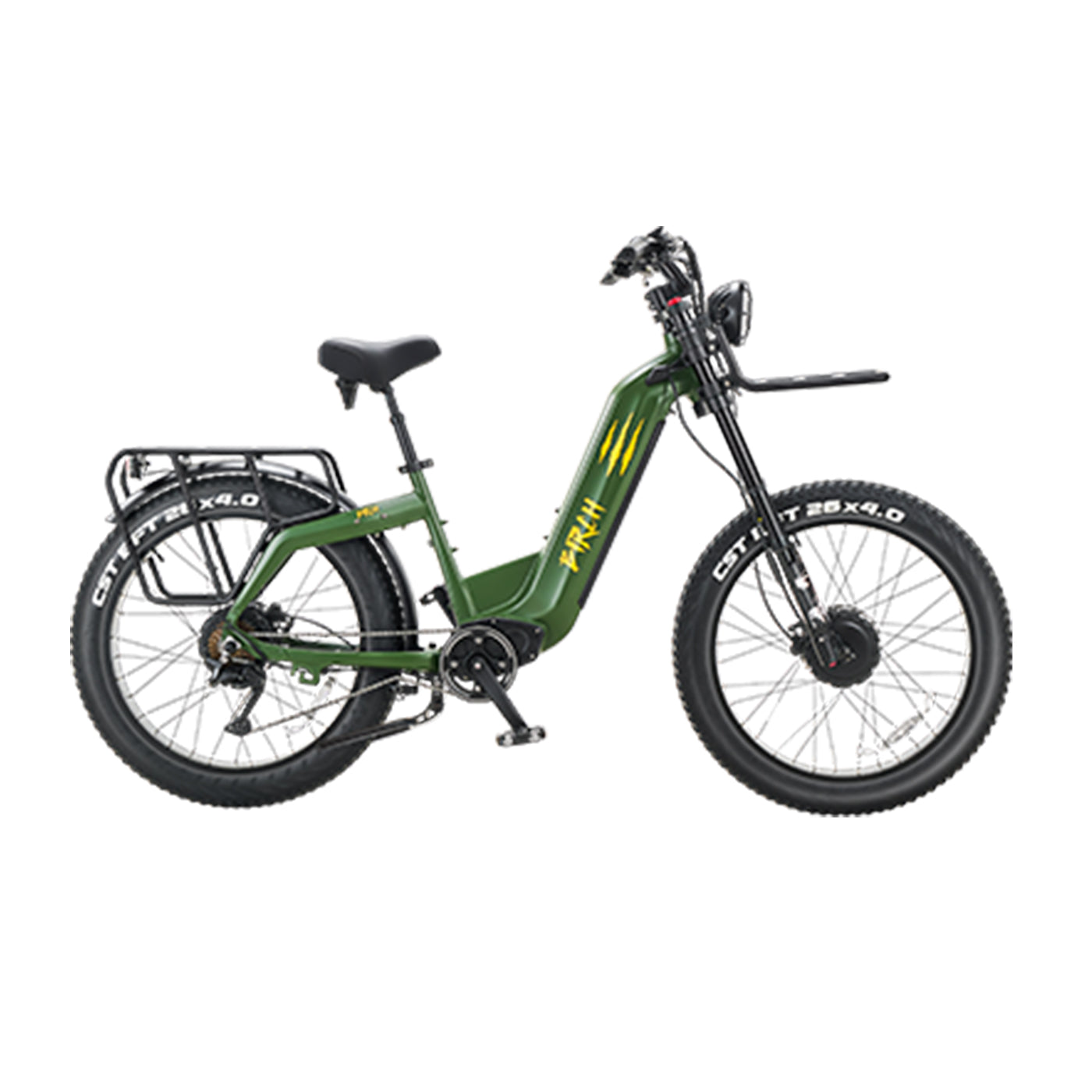
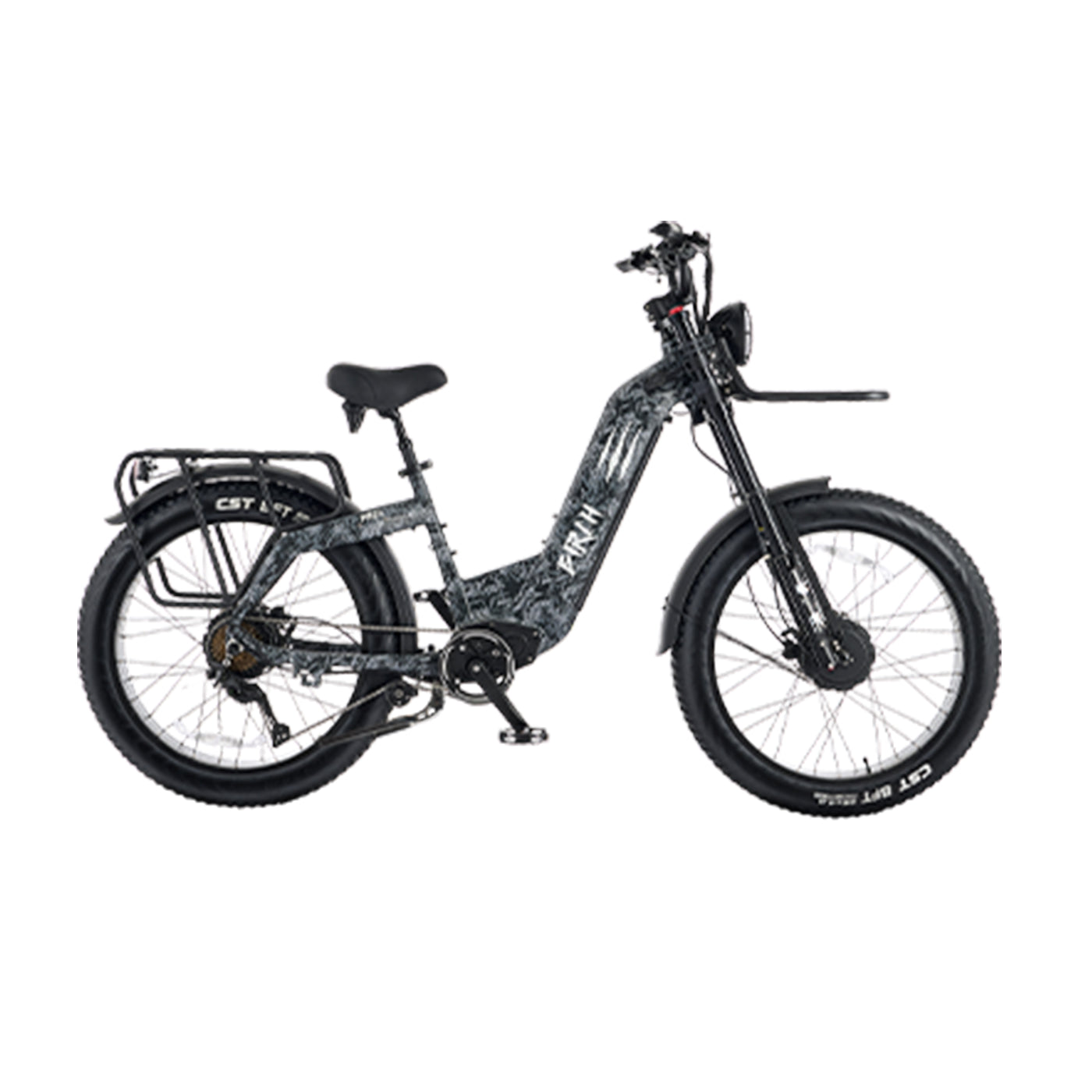
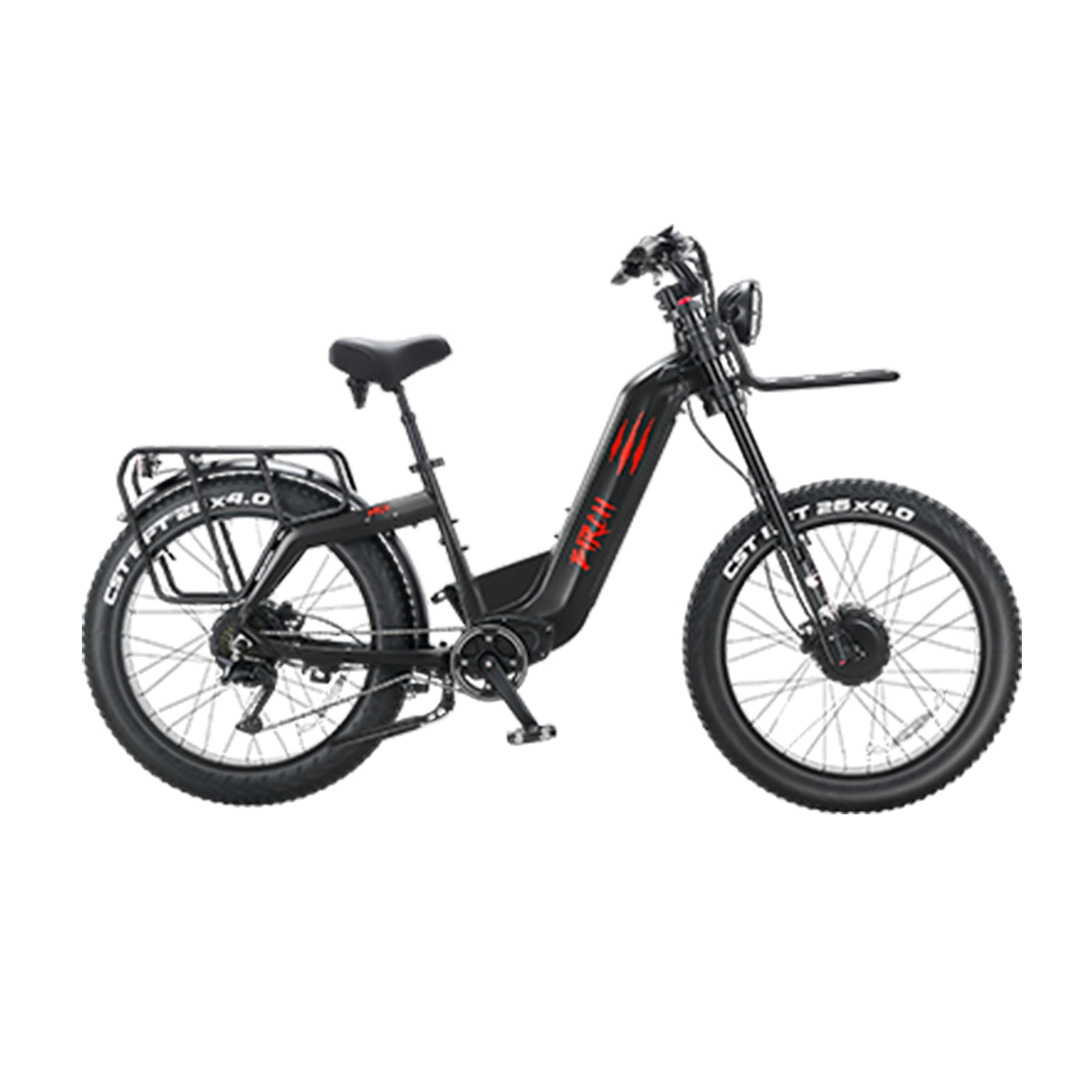
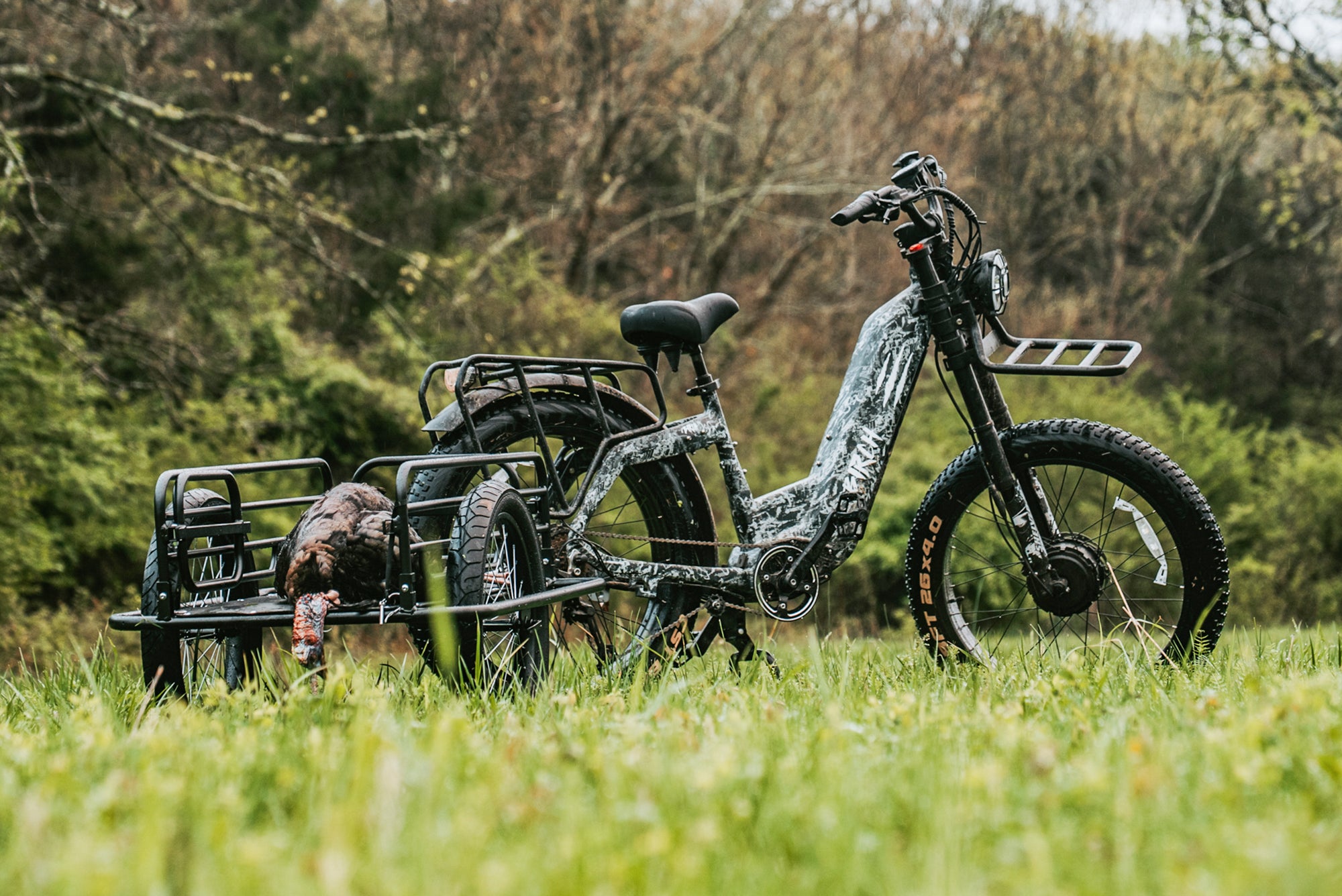
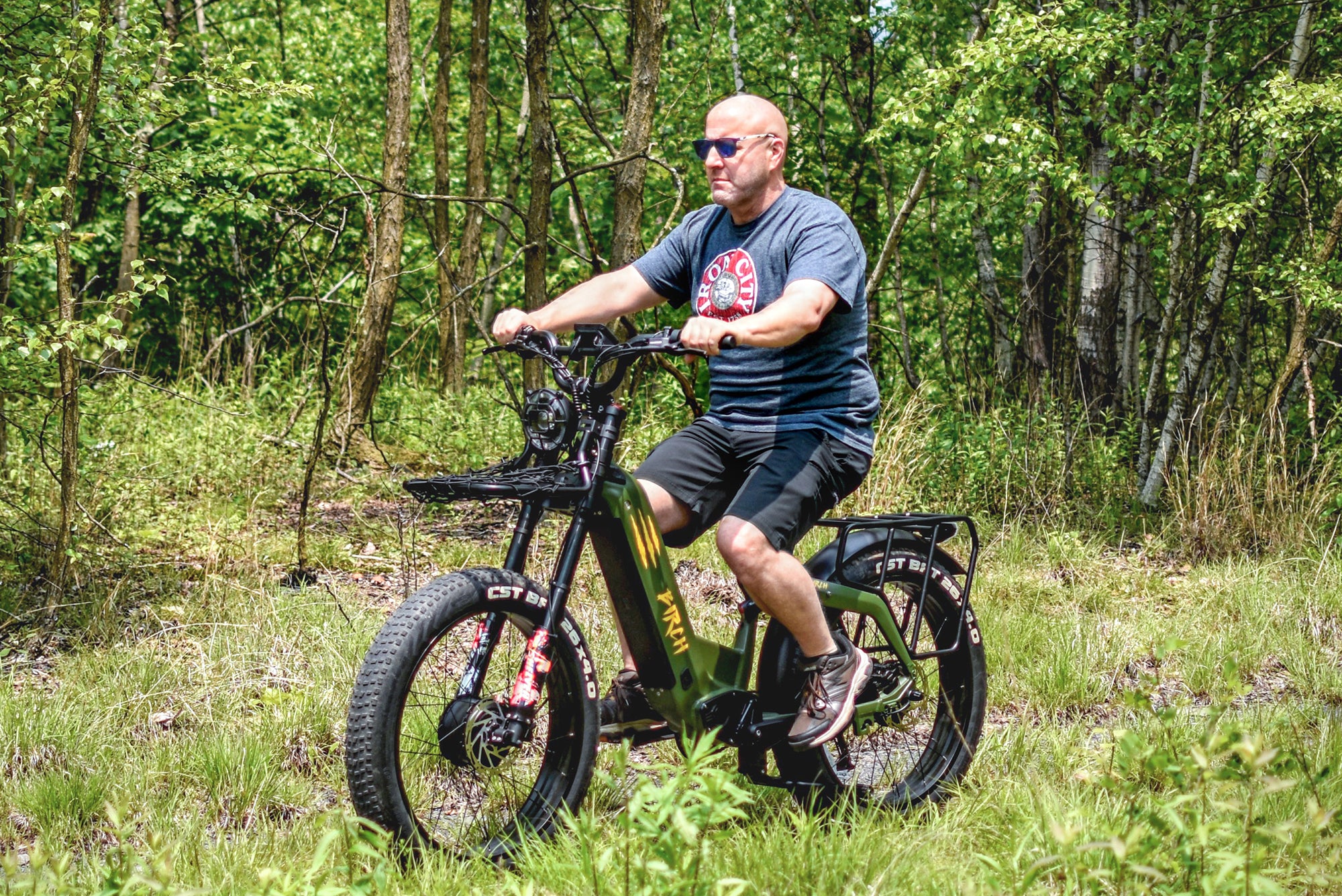
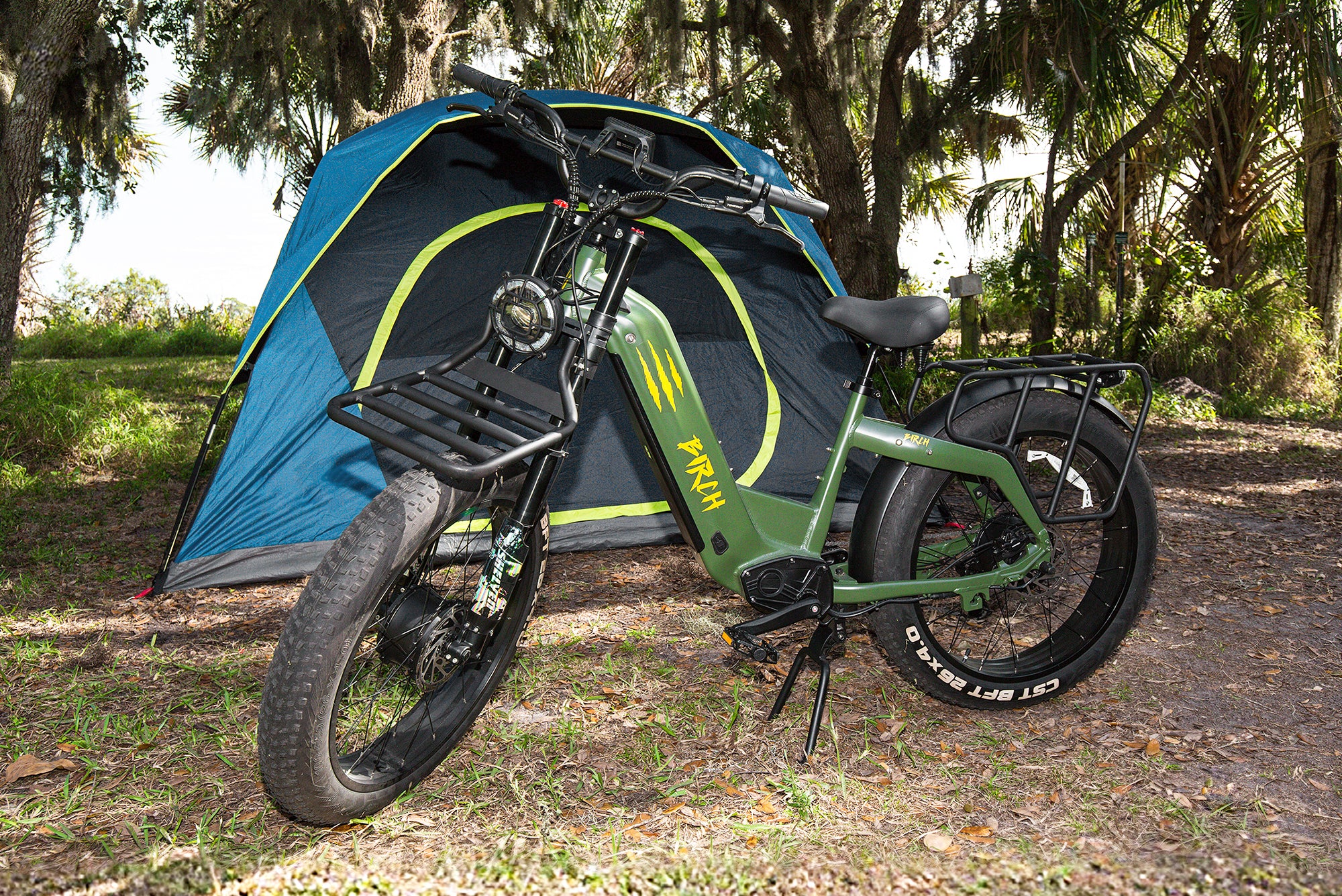

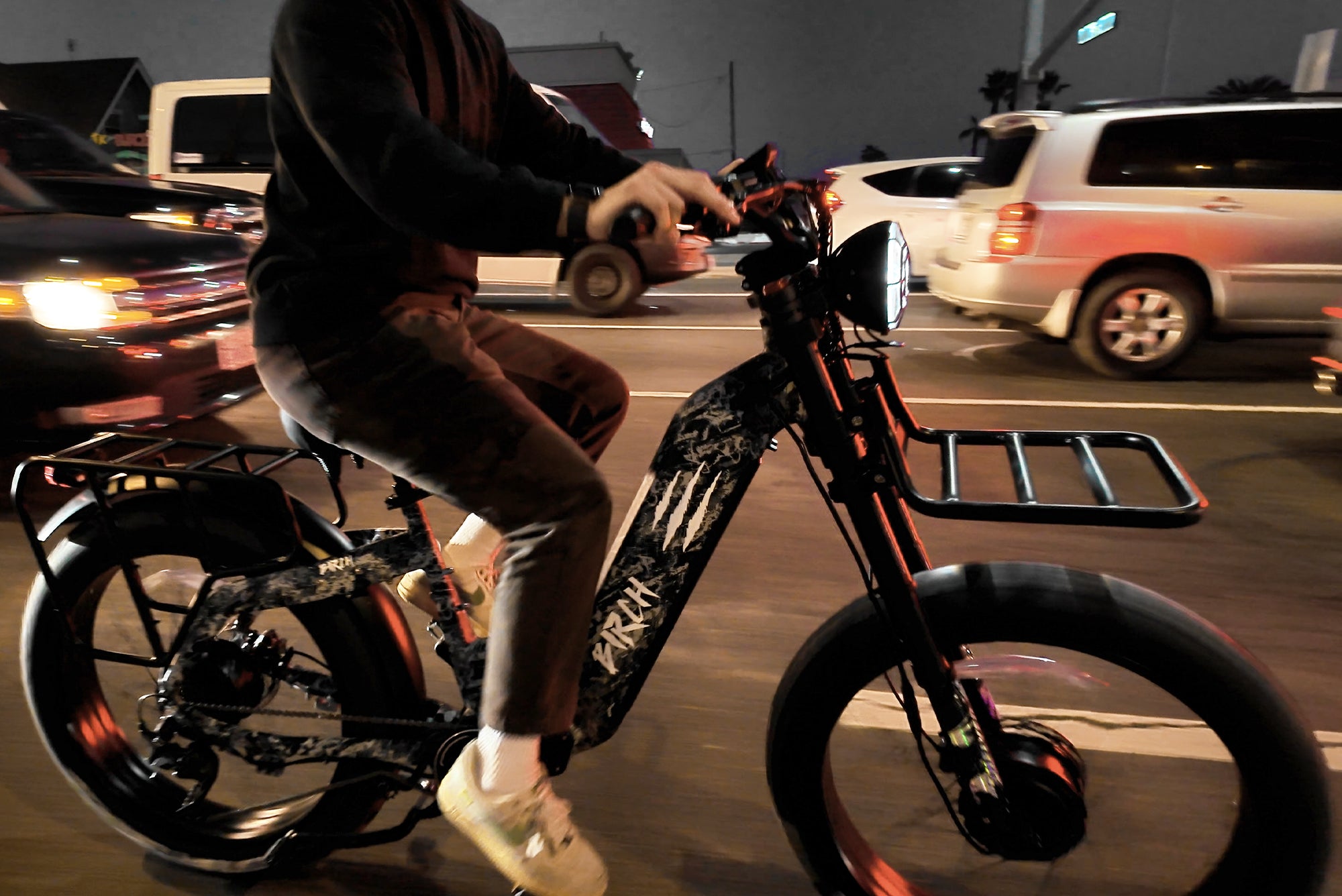
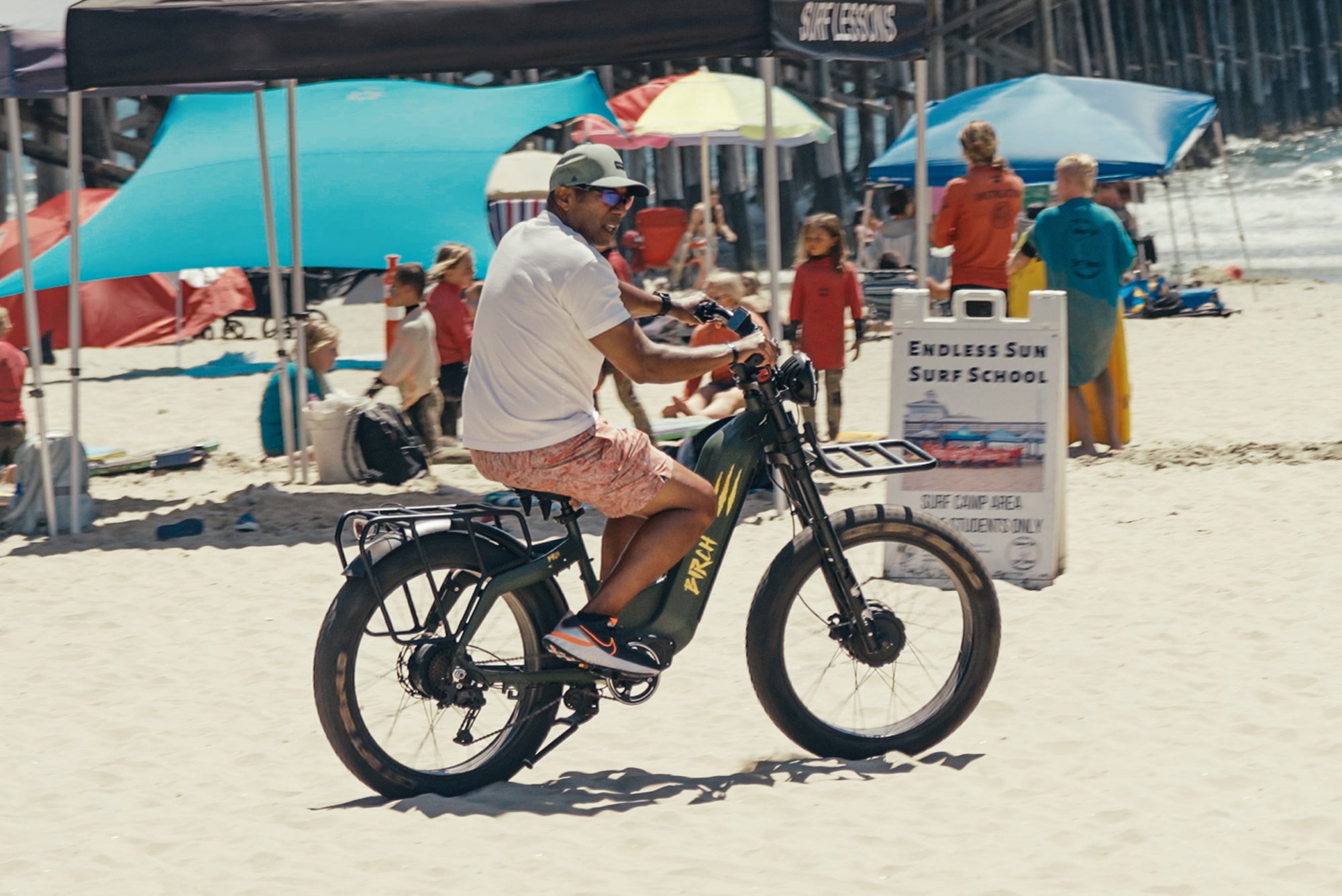
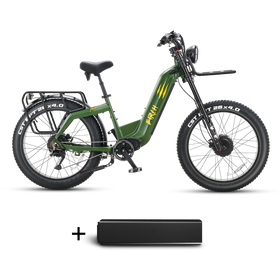
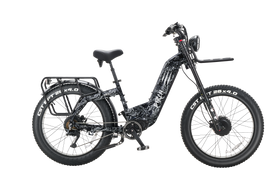


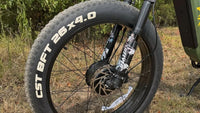
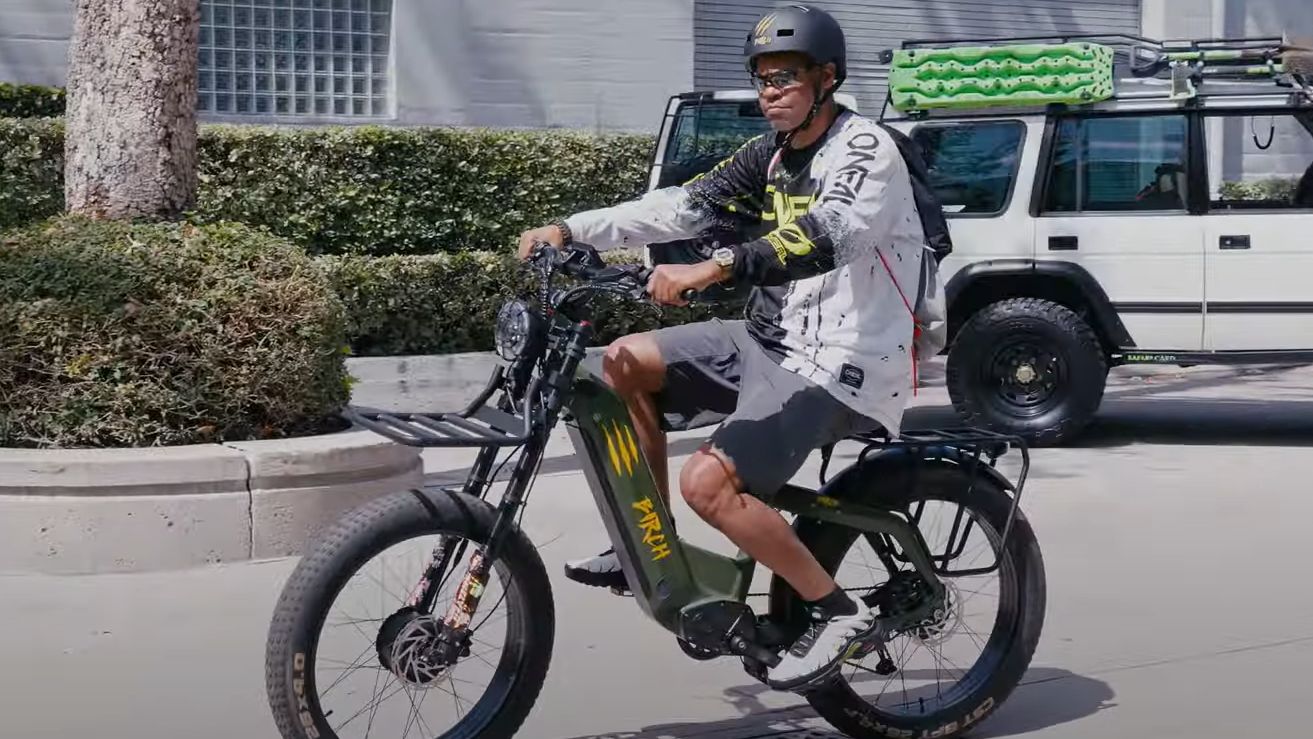
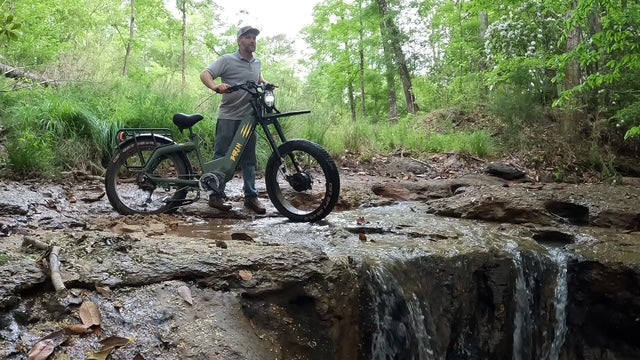
Leave a comment
All comments are moderated before being published.
This site is protected by hCaptcha and the hCaptcha Privacy Policy and Terms of Service apply.